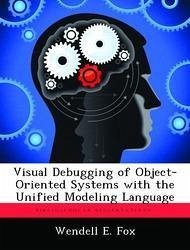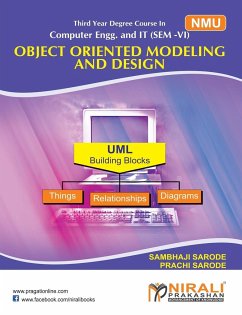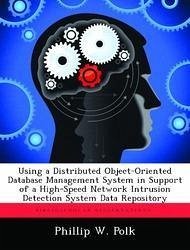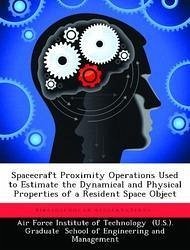
An Object-Oriented Approach to the Modeling and Visualization of Early-Stage Breast Cancer Tumors
Versandkostenfrei!
Versandfertig in über 4 Wochen
54,99 €
inkl. MwSt.

PAYBACK Punkte
27 °P sammeln!
Great strides have been made in controlling the progression of breast cancer, but medical professionals continue to rely primarily upon traditional mammography for early detection. Enhancing breast cancer detection capabilities-and thus reducing tumor detection time-should result in a reduction in mortality rates. The detection capabilities of mammography may be enhanced through improved modeling and visualization techniques. This thesis is an extension of initial research conducted at the Air Force Institute of Technology. Previous efforts focused on developing a mathematical model for simula...
Great strides have been made in controlling the progression of breast cancer, but medical professionals continue to rely primarily upon traditional mammography for early detection. Enhancing breast cancer detection capabilities-and thus reducing tumor detection time-should result in a reduction in mortality rates. The detection capabilities of mammography may be enhanced through improved modeling and visualization techniques. This thesis is an extension of initial research conducted at the Air Force Institute of Technology. Previous efforts focused on developing a mathematical model for simulating the growth of cancer within unconstrained 3-dimensional space. The research also explored the behavior of the model as it interacts with simulated breast tissue structures. This effort implements improvements suggested by the previous research and explores alternative modeling approaches. These approaches are implemented using object-oriented software engineering techniques within the Java programming environment. The model is first replicated in unconstrained 2- and 3-dimensional space, and then embellished to more closely model the semi-autonomous behavior of cancerous cells. This study concludes with a model built upon a rule set for controlling cell behavior.














